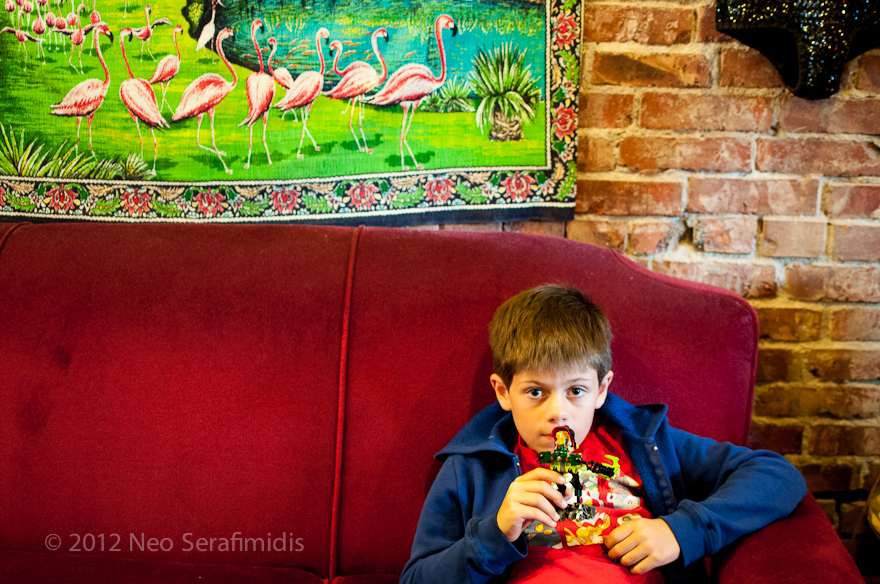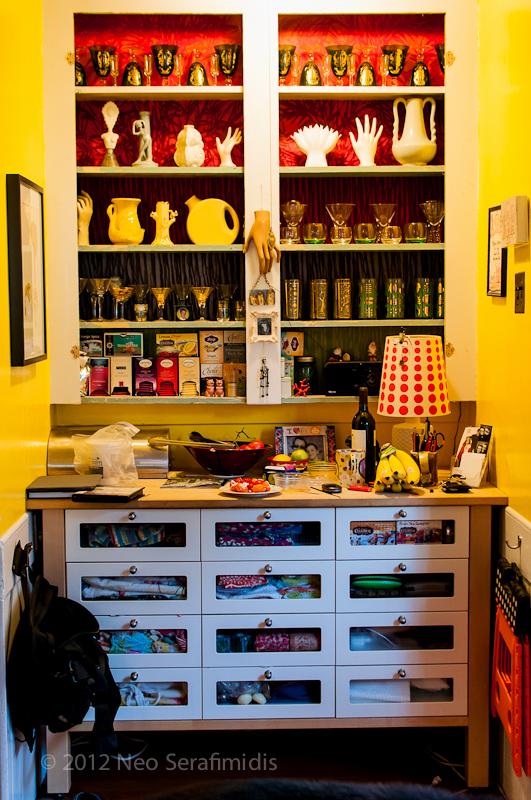Posts Tagged: color
Red Light
If one’s parents are going to drag one all over Seattle while they live out their nostalgia for relative youth, especially by frequenting dank, hipster, second-hand shops, there could at least be a big comfy couch on which to rest.
Fingado Art Gallery Opening
This is the final set of images I will have in a group photography show that opens Friday at Fingado Art Gallery. Nine is quite a few but the prints are not very big, just 12 inches square. I printed them at Dickerman Prints and had them mounted on aluminum at General Graphics, both in San Francisco. They came out very nice, and I’m pretty excited about it.
It has been an interesting project to try to print and prepare for presentation a small set of photographs. In a way, it seems easier than simply showing things on the web. I think the reason for this is that a physical show has, by its very nature, physical limitations and boundaries. A small set of images allows one to focus on them and the process of getting them where you want them to be. By contrast, putting things up on flickr or another such site is pretty much wide open in terms of numbers and organization. One can drown in a sea of possibilities.
This was my thought about what’s going on with this series of photos. The starting point is an exploration of color. Not color simpliciter, but as it relates to memory, history and the fictional narratives they constitute. The combination of color shifts and vintage subjects recall a generic past and, paradoxically, place the viewer within a fictitious historical narrative by playing upon her memories and nostalgic sensibilities. The deportation is paradoxical since taken literally, these narratives describe a logical impossibility. The images waver between recalling a past as it was, and a decayed, dissolving past as it comes to us. On one hand we are presented with something recalling a snapshot from the family drawer, a snapshot whose color as shifted over time, but whose referent we can conjure through memory as pristine. On the other hand, the subject is captured and presented not as it was in the past, but as it is now, in the present. It is the color, as it were, of the subject itself which has shifted over time rather than the photograph.


You must be logged in to post a comment.